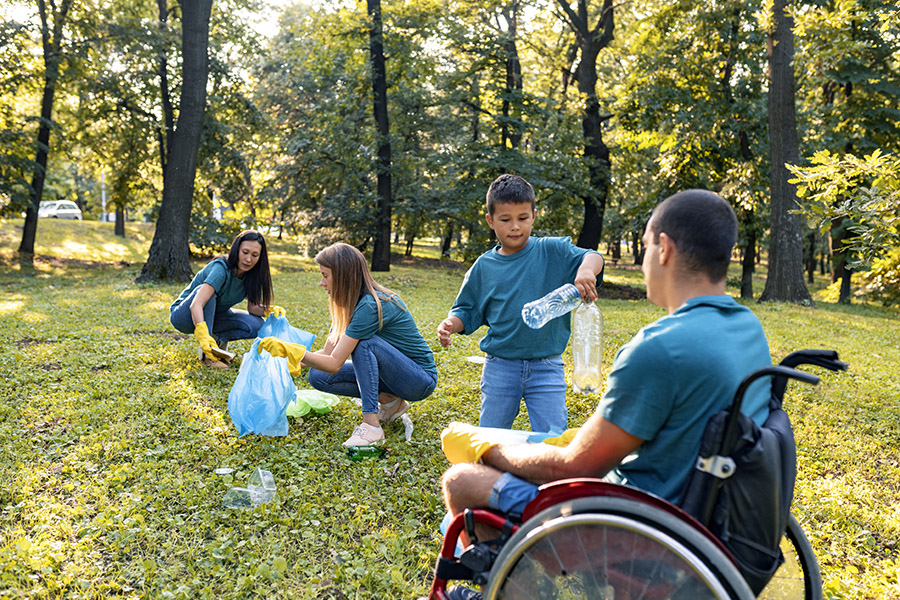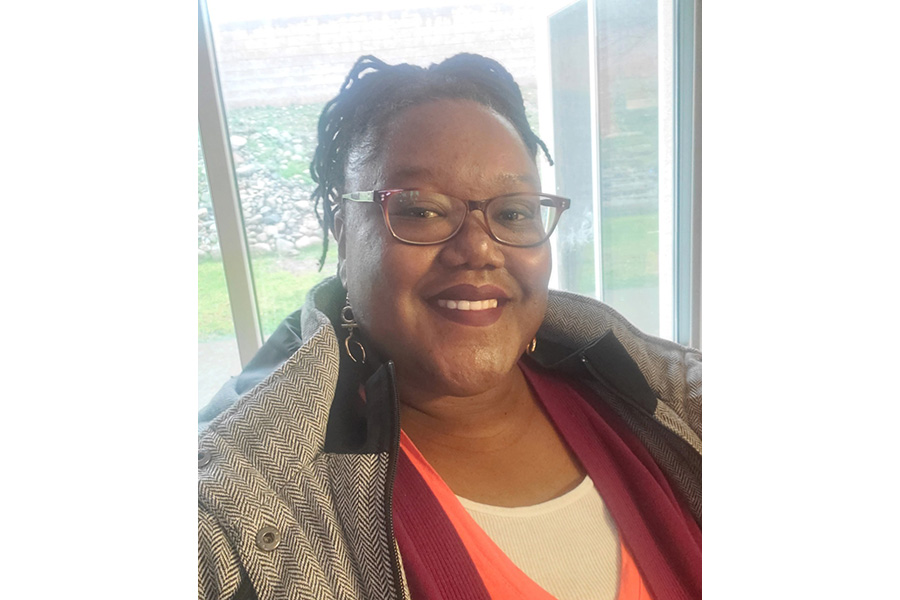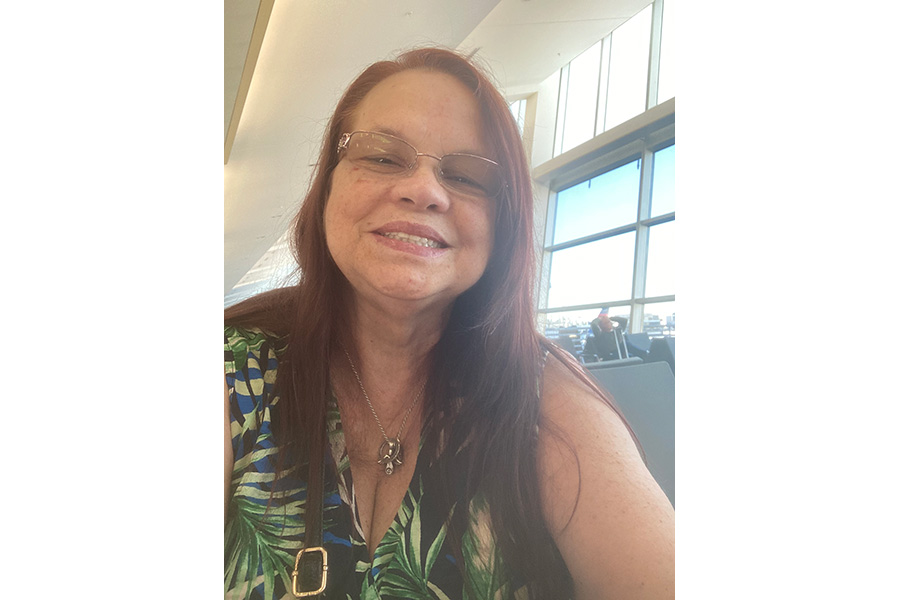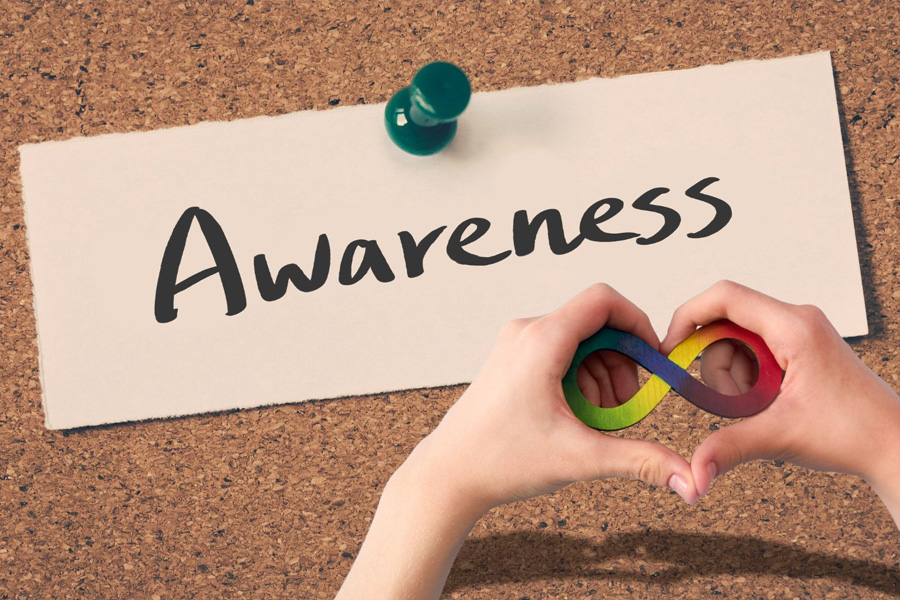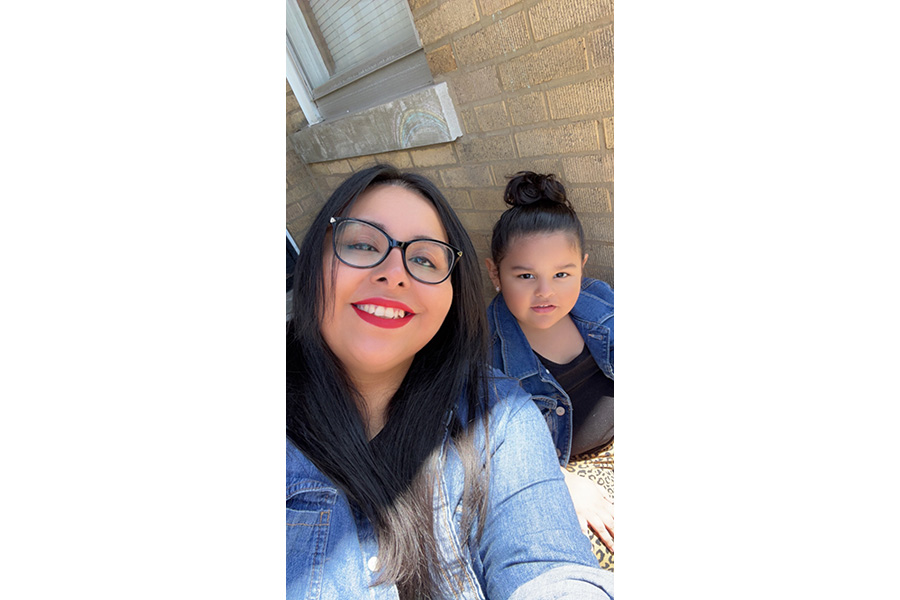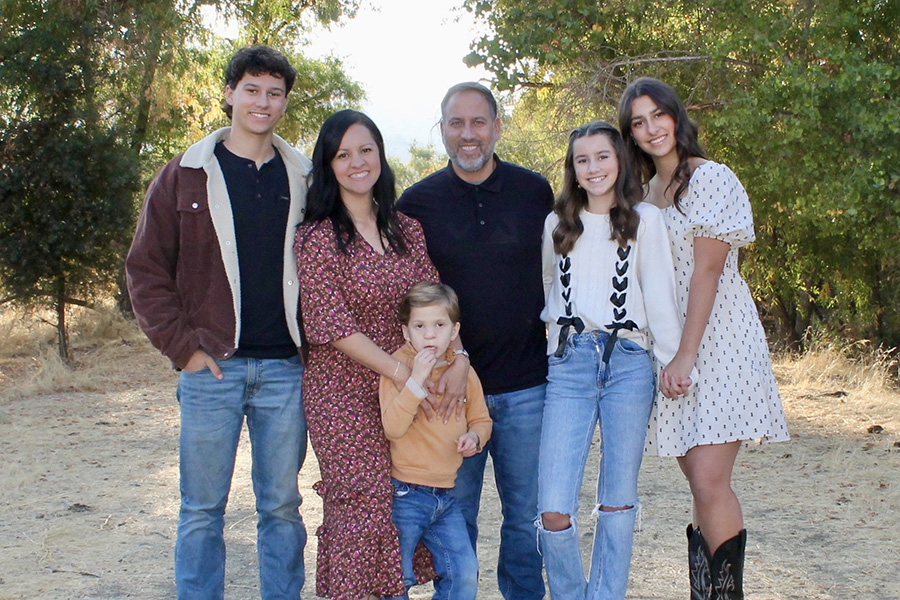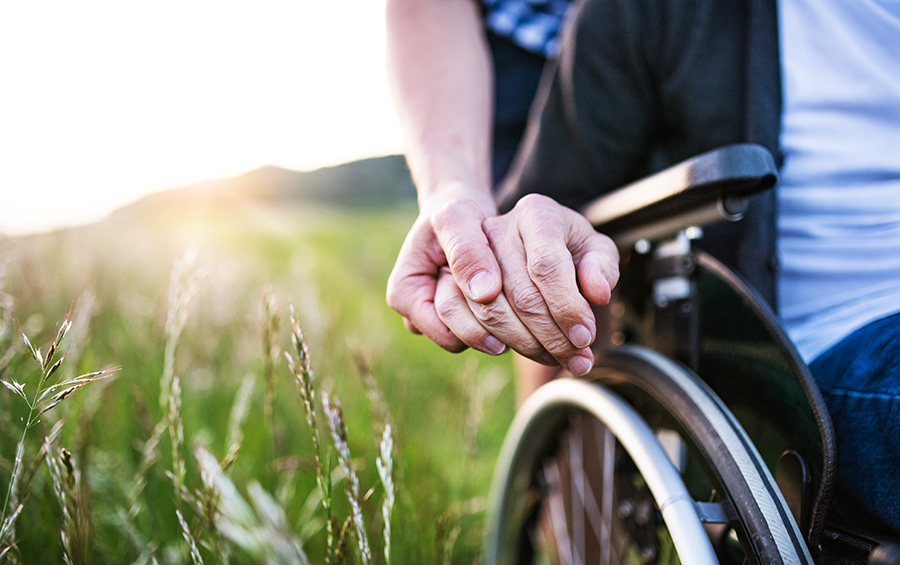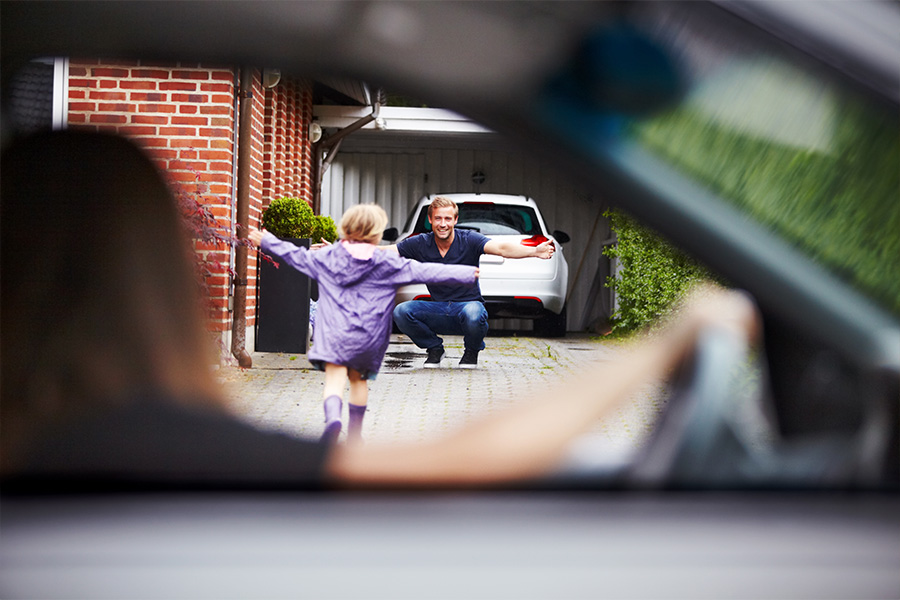When my son Charlie was born with Beckwith-Wiedemann syndrome, a rare genetic disorder that resulted in an enlarged tongue, we spent months in the neonatal intensive care, working to discover a safe way to protect his airways so we could bring him home. The end result after twelve weeks of false starts was a tracheotomy.
The night before his surgery I sat in the rocking chair that never rocked properly in his tiny room and practiced trach insertion and removal on a plastic doll. The rubber on the doll’s neck squeaked each time I placed the tube in the stoma (tracheotomy hole) and fastened the Velcro collar. Each time it squeaked, I cried knowing that my son, who was sleeping peacefully next to me in his incubator, would need me to perform this same care starting tomorrow. His life depended on it. I practiced all night long.
Little did I know the tracheotomy was our freedom. It brought Charlie home. It let us start living off the hospital clock. It brought fresh air and long walks and trips to the park and all the other things I had dreamed of doing with my firstborn when I became a mom. It also brought a lot of trash. Our recycling bin filled up with empty containers of sterile water used for sanitizing the trach. The kitchen bin overflowed with wadded up gauze and Velcro strips and suction tubes for clearing the stoma of snot, drool, and all the other things babies cough up. But I didn’t mind this trash. It was daily proof that he was here and thriving.
After a tongue reduction surgery, when he was stronger and stable, I was able to remove that trach for the very last time in a hospital room with doctors and nurses watching. We held our breaths. Of course we did. Charlie let out a big cough and then laughed. A nurse stuck a Superman band-aid over the hole. That’s it. One tiny band-aid.
Garbology, by loose definition, is the study of society based on its trash. You can learn a great deal about people’s values when you learn what they throw away. While this is a sociological term, I came across the word in a creative writing textbook I was using to teach my high school students. The exercise was one in character development and it asked writers to create a clear picture of their main character based solely on their trash. This sounds fun, and it was, but it was also an exercise in psychological analysis on a deeper level. Did this person throw away the remains of an apple? Great. This person must eat fruit. But deeper than that, how much of the apple was left? Was it sliced? Did they peel it? Are they particular about how precisely the apple is diced, as my children are? Did they take one bite and toss it? Or maybe they trashed it whole, buried under a pile of other refuse to hide the fact that they actually hate apples and are afraid to tell the apple-giver? Garbology is so much more than a laundry list of refuse, you see. For me, it is a cultural history of my own family.
Charlie is nine now. Our trash is filled with pencil shavings and Cheez-It wrappers and I do not take that lightly. Just as the trach refuse was a sign he was here in the world living his life, this too is a sign that he is growing and changing as we all are.
In D.C., the Smithsonian often conducts a “waste audit” to determine how much and what is being thrown away at its various institutions. However, it isn’t simply a systematic weighing and measuring of trash. The Smithsonian also believes that these audits can be an “educational tool” to teach its visitors of their ingrained habits and values. I believe that too.
The history of my own trash reveals how I have moved through the world. In my kid years? Dunkaroos packages and the remains of scented colored pencils. In my teens? The broken platform shoes from Delia’s that I adored but that also never convinced the boy I thought looked like Jared Leto to kiss me. College? Broken CD cases from all the those burned CDs. My twenties? Nothing but takeout containers and Easy Mac because that’s all I could afford in my tiny studio apartment in Manhattan.
Those early years with Charlie were much more fulfilling than the Dunkaroos and shoes and mixed tapes of my earlier years. But they were also traumatic. I am happy we are on the other side. The pandemic was a reliving of that constant state of vigilance and low-grade panic. Much like the trach accoutrements, I am more than happy to trade the hand sanitizer, disposable masks and expired sourdough for theater tickets and school report cards.

Jamie Sumner is a special needs mom, author and blogger.
Read her blog, The Mom Gene.
Follow her on Facebook.






